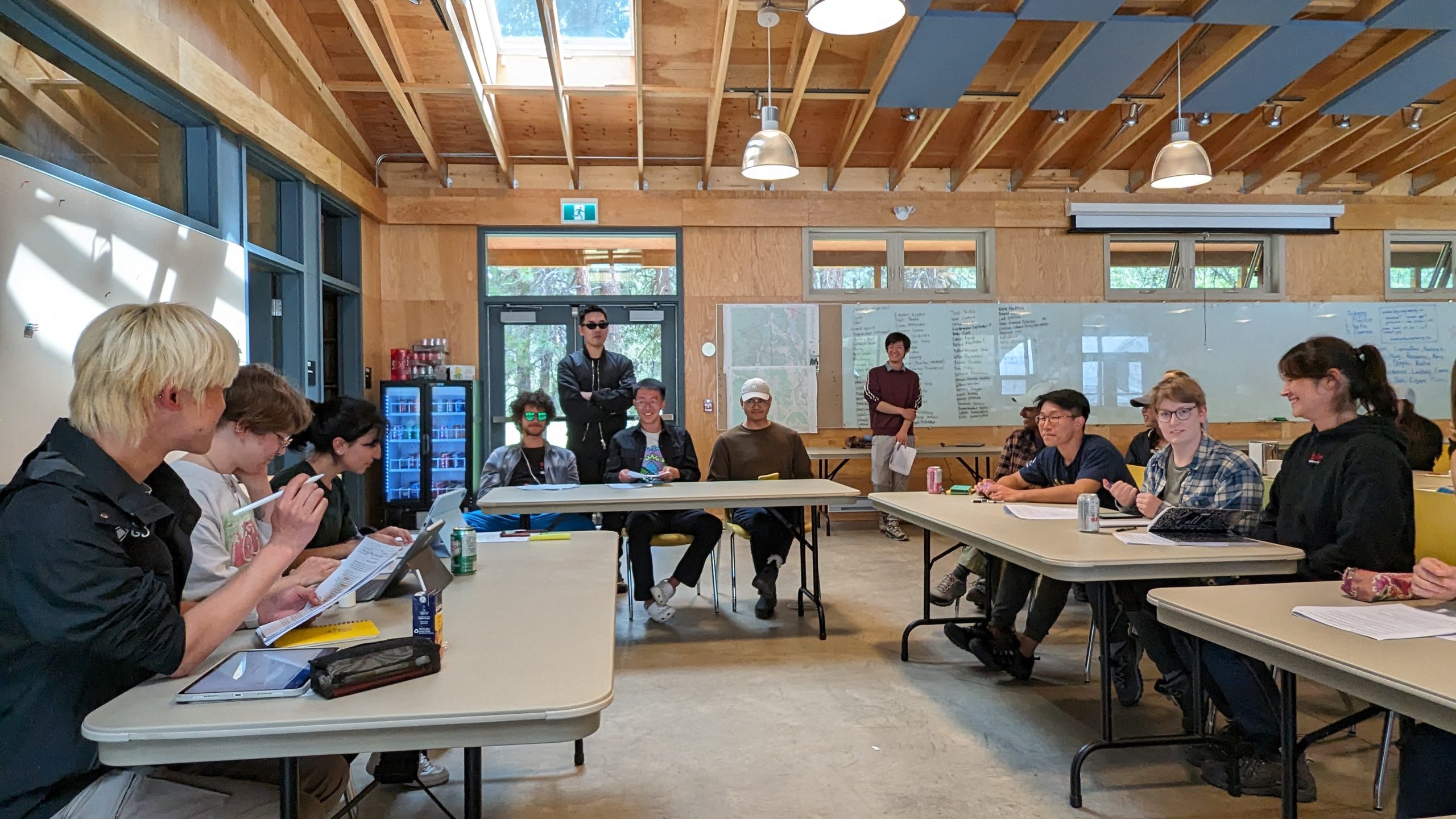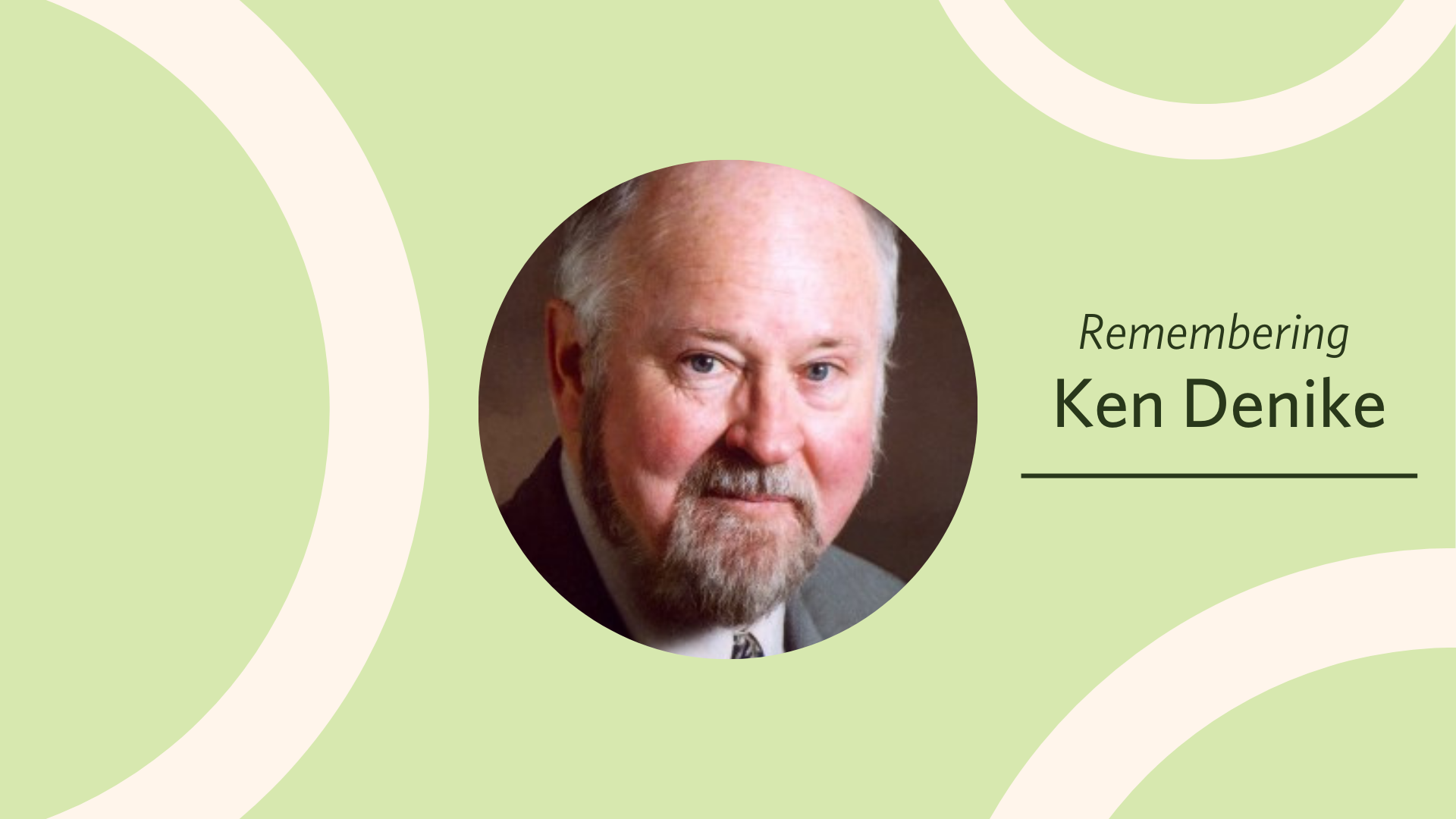

If you have ever wondered what climate change sounds like, a new podcast created with Dr. Michele Koppes and composer Susie Ibarra holds some of the answers.
Water Rhythms: Listening to Climate Change is crafted from field recordings of ice and water taken in the Himalayas, Greenland and BC’s Coast Mountains. It tells the story of landscapes changed by glacier loss, and what that means for the people and places left behind; forming a sonic map of a vanishing world.
“We’re listening to the dwindling connections of our ties to fresh water,” says Dr. Koppes, a glaciologist at UBC Geography and Senior TED Fellow.
Water Rhythms is the story of climate change as told by the ice and water. It is a story about the dualism of water, the universal lifeblood of both nature and humans. It is also the acoustic story of our entanglements with a changing climate and changing landscapes of our own making. Through Water Rhythms, we hope to invite listeners into more embodied ways of understanding how we are inextricably connected to the Earth’s freshwater, by bringing art, music and science together, in dialogue.
Glaciers and ice sheets are the world’s water towers; only 2.5% of water on Earth is freshwater, and of this, 99% comes from the ice. As glaciers worldwide shrink and disappear in response to climate change, water availability and water quality are being threatened for the billions of humans and our more-than-human kin who live downstream. As the ice disappears, these water rhythms are also shifting and fading from view. – Susie Ibarra and Michele Koppes
You can listen to Water Rhythms in full on the Counterflows website.


